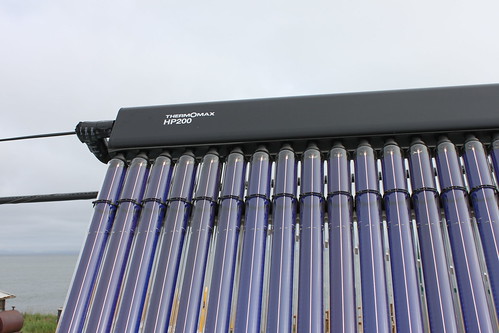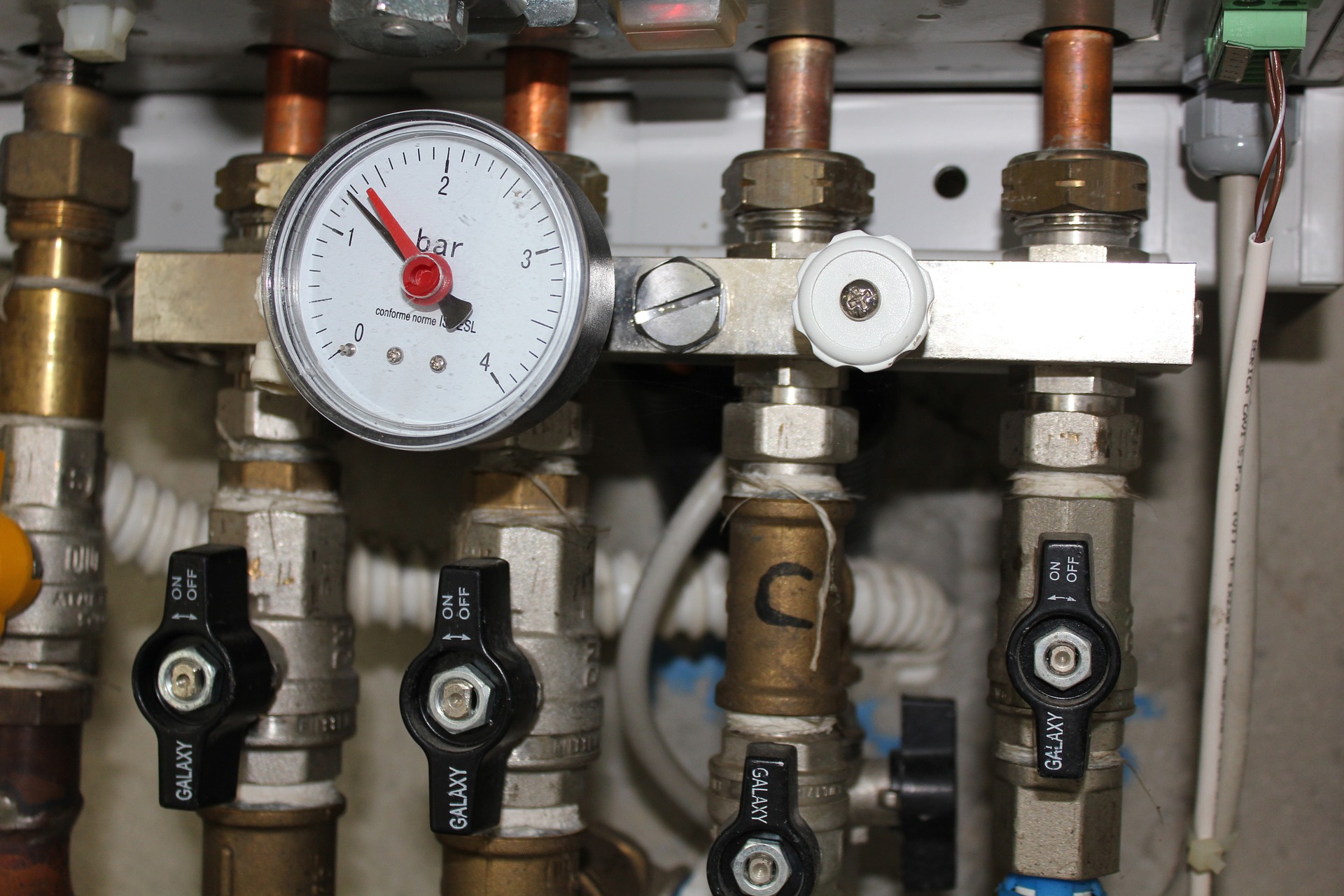A guide to solar thermal systems (solar water heating systems)
In this series of retrofit measures blogs, we’ll be explaining different retrofit measures which can improve the energy efficiency of homes – reducing energy usage to cut energy bills and carbon emissions, and improve the comfort of your home.
We’ll include information on how the measure works, what types of homes it may be right for, what installation looks like, and more. In this post we’re looking at loft or roof insulation.
55% of a household’s typical annual spend on energy goes on heating – including hot water – meaning it’s a key area where a huge difference can be made to both cost and carbon emissions through making energy efficiency improvements.
In the UK it is most common for homes to have central heating systems, where a single boiler heats up water, which is pumped through pipes to radiators placed throughout the house to provide heating – as well as directly providing hot water to taps in the kitchen and bathrooms.
But, solar thermal systems offer an alternative, low carbon method of heating water for use in the home.
What is a solar thermal system?
Solar thermal systems – also known as solar water heating systems – use the heat of the sun to warm water, which can then be used throughout a home. Because they use the heat of the sun, rather than heat generated through using fossil fuels, they are a low carbon, renewable alternative to providing hot water.
How does a solar thermal system work?
Solar thermal systems work by using solar panels, which are fitted to the roof, to collect heat from the sun. Water is stored in a hot water cylinder, and is heated up using the heat from the sun.
Usually, they will be used alongside another heating system to ensure hot water is provided when solar energy is unavailable – or to make the water hotter than the sun’s heat can, especially during the winter months.
There are two types of solar panels used in solar thermal systems.
Flat solar panels
The most recognisable type of solar rooftop panel, these are usually fixed on top of roof tiles.
Whereas a standard solar PV panel turns the sun’s energy directly into energy, solar thermal panels turn the solar radiation into heat energy which is then used to heat the water in the cylinder.

Evacuated tubes
A bank of glass tubes mounted on roof tiles. They are usually more expensive, but are also more efficient because they are designed to reduce heat loss.
They consist of a large glass tube with a smaller glass tube encased inside it (with a vacuum insulation layer between the two), which has the inside of the tube coated in a light absorber such as aluminium nitrate or titanium nitride oxide. An absorber plate (normally made from copper) runs the length of the inner glass tube, which absorbs the heat and transfers it to a heat transfer fluid, where is is then transferred to the water inside the hot water cylinder using a heat exchanger.

What types of home would benefit from a solar thermal system?
Any home which has a spacious rooftop (i.e. not a flat) could benefit from a solar thermal system to reduce their energy bills and the carbon emissions from their home.
However, there are some key considerations to make:
- You will need a decent space on your roof to allow for the solar panels, and this space will need to receive direct sunlight for the main part of the day.
- Alongside the rooftop panels, you’ll also need to have space in your home to install a dedicated solar hot water cylinder (fitted with a solar coil) or replace your existing hot water cylinder.
- Your heating system will need to be compatible with solar water heating. If your boiler is a combination boiler and you don’t have a hot water tank, a solar hot water system may not be compatible.
What are the expected costs and savings?
The Energy Savings Trust estimates that it costs £4,000-£5,000 to install a solar thermal system. You will likely save between £60-70 a year on energy bills, depending on the hot water system you are replacing.
Read next…

A guide to solid wall insulation – internal and external wall insulation
In this series of retrofit measures blogs, we’ll be explaining different retrofit measures which can improve the energy efficiency of homes – reducing energy usage to cut energy bills and carbon emissions, and improve the comfort of your home.
A guide to replacing your boiler (for energy efficiency)
In this series of retrofit measures blogs, we’ll be explaining different retrofit measures which can improve the energy efficiency of homes – reducing energy usage to cut energy bills and carbon emissions, and improve the comfort of your home.
Why we take a whole house approach to home retrofit
Taking a whole house approach is one of the key factors in ensuring that home retrofit is as effective as possible at reducing the carbon footprint of a property. Whole house retrofit means taking a property to near net-zero energy demand. This likely
